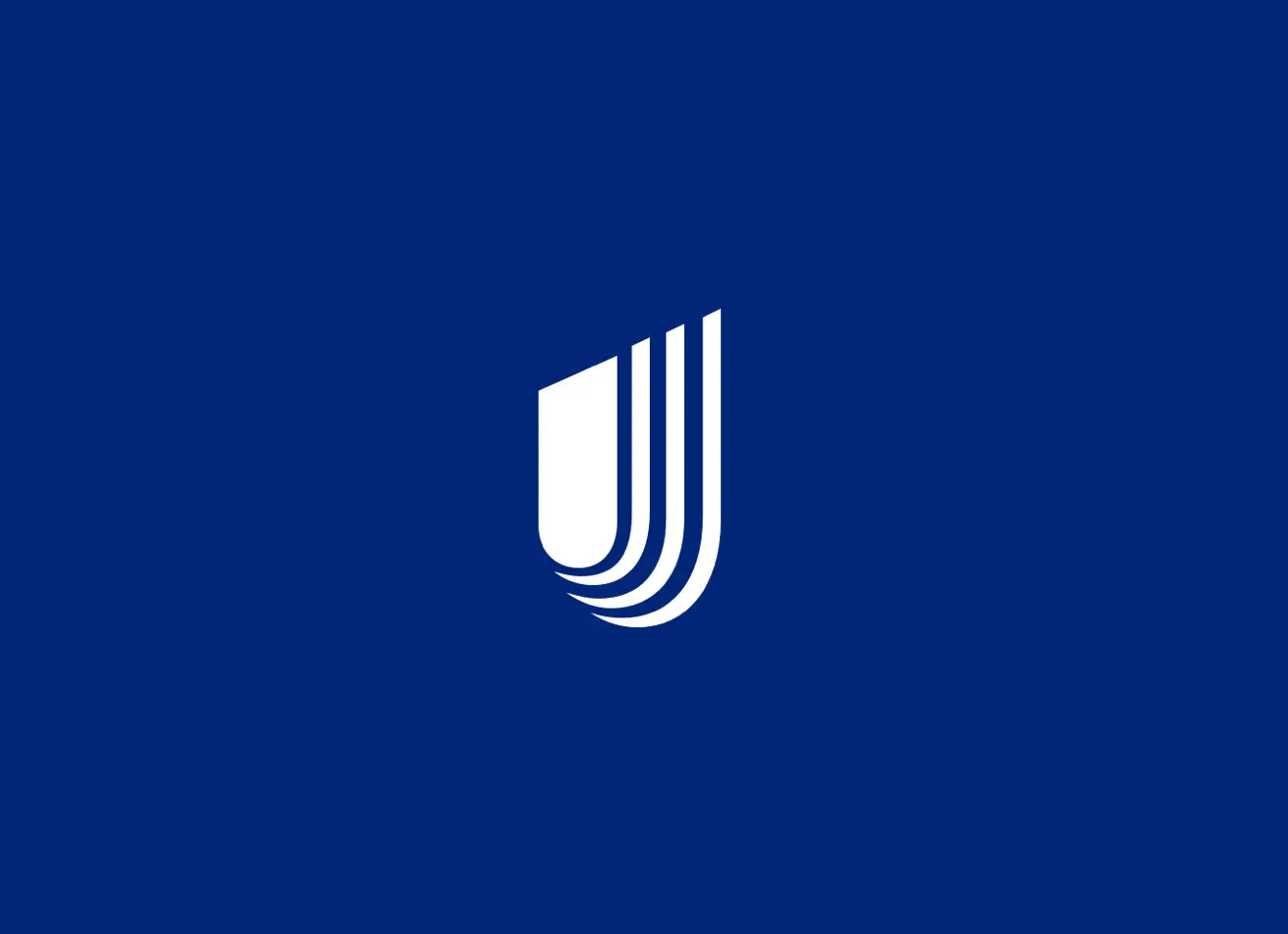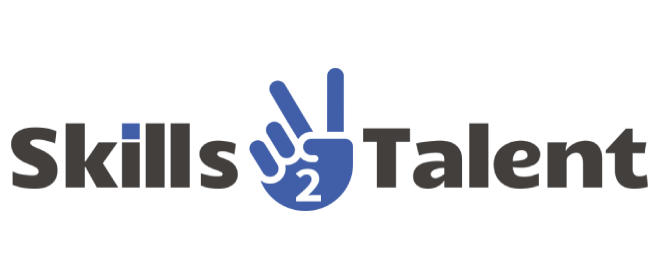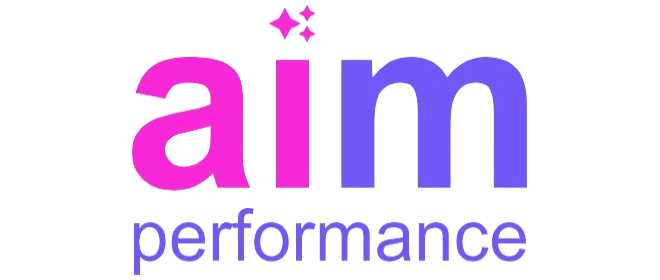Efficiency is a key driver of success for any organization, and performance management plays a pivotal role in achieving it across various workforce segments. Whether dealing with white-collar, grey-collar and blue-collar workforces, performance management can be a game-changer. This article delves into how performance management helps enhance efficiency in white-collar, grey-collar, and blue-collar workforce segments.
Defining Efficiency Across Workforce Segments
Efficiency manifests differently in each segment of the workforce. For white-collar employees, it involves optimizing time and resources to handle complex tasks. For a grey-collar workforce, it requires balancing technical responsibilities with administrative duties. In blue-collar environments, it centers on increasing productivity, reducing downtime, and minimizing waste.
A well-implemented performance management system helps organizations align their efficiency metrics with the specific needs of each segment. This tailored approach ensures that performance management is not only driving efficiency but doing so in a way that is meaningful for every part of the workforce.
White-Collar Workforce: Strategic Efficiency Gains
For white-collar professionals, maximizing productivity revolves around managing tasks with a strategic lens. Performance management provides clear objectives, ongoing feedback, and measurable outcomes, ensuring that white-collar employees align their efforts with broader organizational goals.
Additionally, performance management systems that incorporate data analytics help white-collar workforce pinpoint areas for improvement. For instance, if an employee is spending excessive time on non-essential tasks, performance data can guide them toward more impactful activities, thereby increasing overall productivity.
Grey-Collar Workforce: Balancing Technical and Administrative Efficiency
Grey-collar workforce, who often juggle both technical and managerial roles, face unique challenges in staying productive. Performance management systems designed for this group must account for both their hands-on work and their administrative duties.
With the right tools, organizations can track both technical output and managerial tasks, helping grey-collar employees streamline their responsibilities. This leads to better time management, fewer errors, and ultimately, enhanced productivity. By leveraging performance management, grey-collar employees can effectively balance their multifaceted roles.
Blue-Collar Workforce: Enhancing Operational Efficiency
For blue-collar workforce, optimizing day-to-day operations is essential. Performance management systems focused on this group emphasize metrics like productivity, safety compliance, and task completion times. Monitoring these key areas helps organizations ensure that their blue-collar workforce remains highly productive.
Moreover, performance management assists in identifying and resolving bottlenecks within processes. If tasks are taking longer than anticipated or if errors are frequent, performance data helps identify the causes. This allows organizations to make informed decisions that enhance overall operational efficiency for the blue-collar workforce.
Streamlining Processes Through Performance Management
One of the primary ways performance managements improves workforce performance is by streamlining processes. By setting clear goals and continuously monitoring progress, organizations can identify inefficiencies early and take corrective action. Performance management provides a structured approach to process evaluation and improvement.
For example, in a manufacturing setting, performance management might reveal redundant steps in the production process. Addressing these inefficiencies can reduce waste and boost output. Similarly, in an office environment, performance management can highlight tasks that could be automated, allowing employees to focus on more valuable activities.
Optimizing Resource Allocation with Performance Data
Effective resource allocation is another key area where performance management can enhance efficiency. By analyzing performance data, organizations can make informed decisions about where to allocate resources, whether it’s manpower, time, or finances. This ensures that resources are used efficiently, and that every part of the organization is contributing to its overall success.
For white-collar workforce, this might involve reallocating time from lower-impact tasks to more strategic initiatives. For grey-collar employees, it could mean optimizing the use of tools and equipment. For blue-collar workforce, performance management might lead to better workforce scheduling, ensuring the right number of workforce are present at the right time, which maximizes output.
Continuous Feedback for Sustainable Gains
Continuous feedback is essential to modern performance management systems, and it plays a vital role in driving improvements across the workforce. By offering regular, constructive feedback, organizations can help employees make small adjustments that add up to significant improvements over time. This is particularly important in dynamic work environments where conditions can change rapidly.
For white-collar workforce, continuous feedback helps them fine-tune their strategic contributions. Grey-collar employees benefit from feedback that aids in managing their diverse responsibilities, while blue-collar workforce can adjust their techniques and workflows to improve daily operations. Continuous feedback ensures that productivity is always on an upward trajectory, rather than plateauing.
Enhancing Collaboration for Better Results
Collaboration is a key component of efficiency, especially in multi-collar workforces where different roles must work together to achieve common goals. Performance management systems facilitate collaboration by providing clear expectations and open channels for feedback and communication. This helps to eliminate misunderstandings and ensures that everyone is working in sync.
For example, in a project involving both white-collar and grey-collar employees, performance management can clarify roles and responsibilities. This clarity reduces overlap and ensures that tasks are completed in a timely manner. Blue-collar teams also benefit from performance management systems that promote better communication and teamwork, leading to smoother operations.
Leveraging Technology to Improve Performance
Technology is a powerful enabler of efficiency in performance management. Modern performance management systems are often powered by sophisticated technology that automates data collection, provides real-time insights, and even offers predictive analytics. These technological advancements help organizations make faster, more informed decisions that enhance efficiency across all workforce segments.
For white-collar workforce, technology-driven performance management systems might track project timelines and deliverables, ensuring that work is completed on time and within budget. Grey-collar employees might use mobile apps to log their performance data in real-time. For blue-collar workforce, wearable technology that monitors productivity can drive significant improvements on the shop floor.
Conclusion: Performance Management as the Catalyst for Efficiency
In conclusion, performance management plays a pivotal role in enhancing efficiency across white-collar, grey-collar, and blue-collar workforce segments. By aligning goals, streamlining processes, and providing continuous feedback, performance management systems ensure that each segment operates at its highest potential. Whether it’s improving strategic decision-making for white-collar workforce, balancing responsibilities for grey-collar employees, or optimizing operations for blue-collar teams, performance management is key to driving efficiency.
As organizations continue to embrace performance management systems, they will not only see improvements in individual productivity but also in overall organizational performance. Ultimately, performance management fosters a culture of continuous improvement, making efficiency a sustainable outcome for all.









